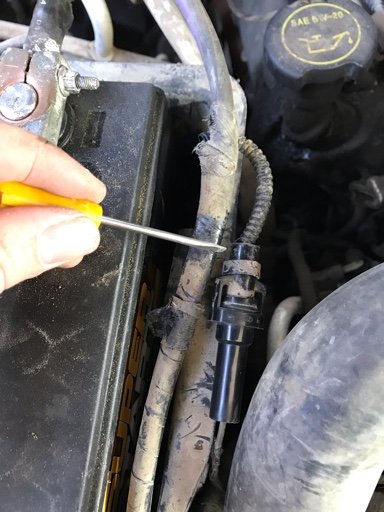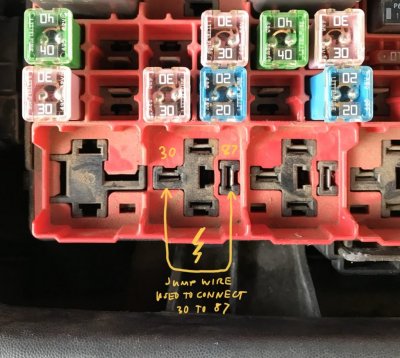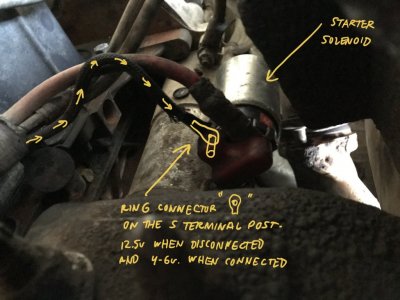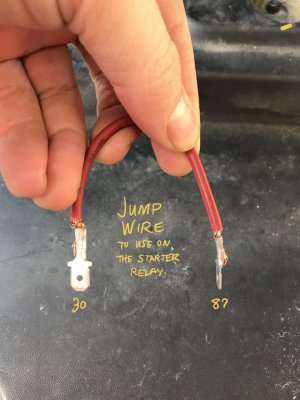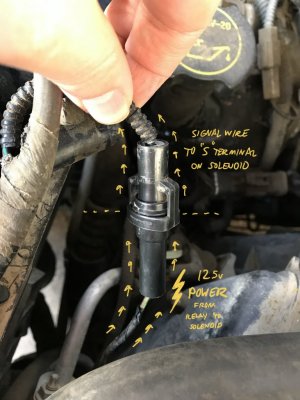Jason_Darius
Member
The key was in the run position.
As for the radio, it works, but did start to dim portions of the digital screen (clock, station, etc.) just before I encountered this issue. I'll post a pic of that when I get the chance.
As for the radio, it works, but did start to dim portions of the digital screen (clock, station, etc.) just before I encountered this issue. I'll post a pic of that when I get the chance.


